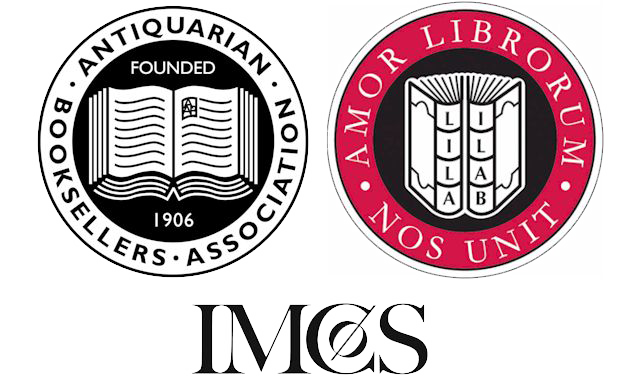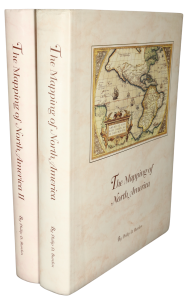Rare Maps and Prints
- World & Celestial
- North America
- West Indies, South & Central America
- British Isles
- British Isles
- English counties
- Large-scale
- Bedfordshire
- Berkshire
- Buckinghamshire
- Cambridgeshire
- Cheshire
- Cornwall
- Cumberland
- Derbyshire
- Devon
- Dorset
- Durham
- Essex
- Gloucestershire
- Hampshire
- Herefordshire
- Hertfordshire
- Huntingdonshire
- Islands
- Kent
- Lancashire
- Leicestershire
- Lincolnshire
- Middlesex
- Norfolk
- Northamptonshire
- Northumberland
- Nottinghamshire
- Oxfordshire
- Rutland
- Shropshire
- Somerset
- Staffordshire
- Suffolk
- Surrey
- Sussex
- Warwickshire
- Westmoreland
- Wiltshire
- Worcestershire
- Yorkshire
- Wales
- Scotland
- Ireland
- Western Europe
- Eastern Europe
- Middle East
- Africa
- Asia
- Australasia & Pacific
- Decorative Prints
- Title Pages
Mr. Philip D. Burden
P.O. Box 863,
Chalfont St. Giles, Bucks HP6 9HD,
UNITED KINGDOM
Tel: +44 (0) 1494 76 33 13
Email: enquiries@caburden.com
This is Faden’s publication of Juan de la Cruz Cano y Olmedilla’s (1734‐1790) iconic map of South America first printed in Madrid in 1775. Thomas Smith’s analysis on the original map written in 1966 equated it with Dr. John Mitchell’s iconic ‘Map of the British and French Dominions in North America’ published in 1755. He stated ‘Both were large, detailed, beautifully engraved on copper, and based on careful compilation and discriminating use of source materials. Each one, the best map of its area, which published in several editions and was not to be displaced for decades. They both were widely used and featured in diplomatic negotiations for a century or more after their initial appearances.” One notable difference however is rarity. Whilst the Mitchell map is relatively available, the Cruz Cano map was suppressed and does not appear to have been seen at auction since 1970.
Whilst Minister to France 1785-89, Thomas Jefferson expended some effort to obtain the map commenting on the ‘difficulty and expense of obtaining an example because the map’s sale had been prohibited for some years, although he believed ‘that a few copies have got abroad” (Smith). There is an argument put forward by the cartographer Tomás López that because the map was not beneficial to Spanish claims it was removed from circulation and discredited at the same time. Indeed, ‘There is no indication that the restrictions were relaxed, and all distributions of the map of which we have record (about 40 examples through March 1802) have involved written authorization from some official in the Ministry’ (Smith).
Jefferson wrote to William Stephens Smith, secretary to the American legation in London in August 1786 requesting him to arrange an engraving in London. The following month Smith wrote that Faden had been engaged. The map was sent in December 1786, but it would be another 13 years before it was published. His resulting map is so close to the third state of Cruz Cano’s as to have been traced. The map is even written in Spanish. Smith examined the map and determined that the third and sixth sheets were taken from second states of the plates.
Delay was at first down to Spain’s refusal to allow wider distribution of the map but by the 1790s Spain aligned with France against Britain and the United States. Both encouraged American independence from Spain and involved Francisco Miranda (1750-1816). He had fought in the American Revolutionary War, the French Revolution and was active in encouraging independence from Spain in Venezuela. With interests aligned, he was instructed to work with Faden in producing the map and removed all references to imperial influence in the region. It was finally published on 1 January 1799.
William Faden (1749-1836) was a successor to the business of Thomas Jefferys (1719-71). On the death of Jefferys much of the stock was sold but his son, also Thomas Jefferys (fl.1772-76), continued in partnership with Faden. By 1776 Jefferys appears to have stepped aside leaving Faden in complete control. He went on to produce many fine large maps of all parts of the world.
Cruz Cano’s map was rehabilitated in the nineteenth century and updated. López and others praised its accuracy. Smith’s article overlaid the outline of the continent and river network over the American Geographical Society’s map from 1948 and found it remarkably accurate. For a long time, it continued to be used in negotiations: examples include border negotiations between Chile and Argentina in 1873, the 1897-98 dispute between Venezuela and British Guiana, the 1899 arbitration between Brazil and French Guiana in 1899, Brazil and British Guiana in 1903, and Peru and Bolivia in 1906. The map played a significant role in President Cleveland’s arbitration of the dispute between Brazil and Argentina over the Misiones region in 1894. Similarly in the boundary negotiations between Chile and Brazil with Argentina over Patagonia 1896-1900.
This example has the noted Napoleonic provenance of General Nicolas Oudinot (1767-1847), Duke of Reggio. His name is one of those inscribed on the Arc de Triomphe. He served in the military briefly in the 1780s but with no hope of advancement retired as a sergeant. The French Revolution changed his fortunes and he in 1792 he signed up again. He served in Belgium before being repeatedly injured and taken prisoner in Germany. He served in Switzerland in 1799, with distinction at the Battle of Zurich, and the Siege of Genea. Napoleon presented him with a sword of honour for his services, an award later replaced by the Légion d’Honneur. His military career continued through several battles including the fierce Russian Campaign. His last active service was in the invasion of Spain in 1823. He is known to have been wounded 34 times in battle, at least twelve bullets, sabres, and even artillery shells!
Provenance: General Nicolas Oudinot, Duke of Reggio; Caroline Oudinot, Chateau de Malicorne, Sarthe, France; Artcurial auction 13 June 2017 lot 156; Juan and Peggy Rada Collection. Donoso (1963); Martinic (1999) p. 203, no. 125; National Archives (https://founders.archives.gov/documents/Jefferson/01-10-02-0286); ODNB; Phillips (1901) p. 802; Ristow (1962); Smith (1966).








